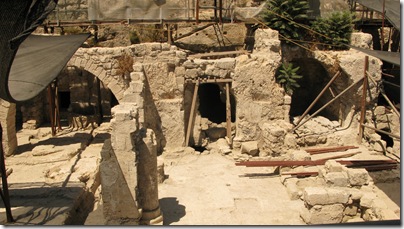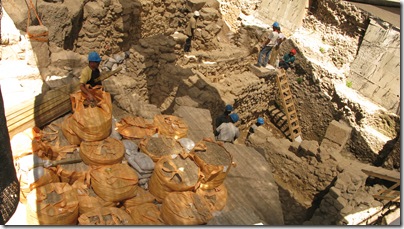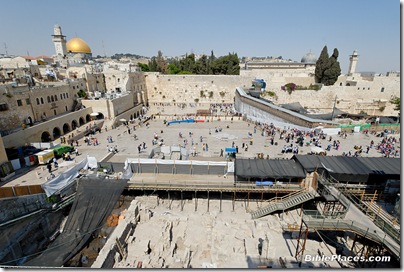From Arutz-7:
Archaeologists have discovered three 9,000-year-old skulls at the Yiftah’el dig in the Lower Galilee, the Israel Antiquities Authority announced Wednesday. Experts said the placement of the skulls confirms the worship of ancestors from during that time, practiced by displaying skulls inside houses. The skulls were apparently placed on benches in a house where they would inspire the younger generation to continue in the ways of their forefathers. A similar custom was also identified in Syria, Turkey and Jordan. The skulls are 8,000-9,000 years old and were buried in a pit adjacent to an excavated large public building. They were discovered during excavations for a new highway interchange at the Movil Junction, a major intersection. “The skulls were found plastered – that is to say sculpted – which is a phenomenon that is identified with the New Stone Age,” said site director Dr. Hamoudi Khalaily. “The practice included the reconstruction of all of the facial features of the deceased by means of sculpting the skull with a variety of materials such as plaster that was specifically intended for this. On the skulls that were found in the excavation the nose was entirely reconstructed.”
The story continues here.


